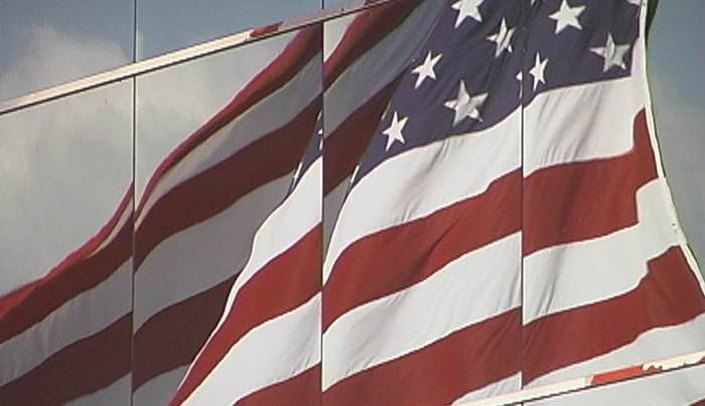Sept. 17 is Constitution Day, a day in which all federally-funded educational institutions must provide education on the United States Constitution.
In recognition of Constitution Day, the university shares the following information about the U.S. Constitution:
- The Constitution was signed on Sept. 17, 1787, at the Constitutional Convention in Philadelphia.
- George Washington, the commander-in-chief of the Continental Army in the Revolutionary War, was president of the convention.
- The convention started on May 14, 1787, with only eight delegates present, and lasted about four months.
- Some states sent three or four delegates while others sent seven or eight. Rhode Island did not send any delegates.
- A total of 55 delegates attended the convention, although some did not stay the whole time.
- The youngest delegate was Jonathon Dayton, a delegate from New Jersey, who was 26. Benjamin Franklin, of Pennsylvania, was the oldest delegate at age 81.
- During the convention, the delegates were divided over the issue of state representation in Congress, with smaller states wanting equal representation and more populous states wanting proportional representation.
- The delegates eventually agreed to the “Connecticut Compromise,” a bicameral legislature with proportional representation in the House of Representatives and equal representation of the states in the Senate.
- Only 39 of the 55 delegates actually signed the Constitution. Some of those who would not sign it wanted it to include a Bill of Rights.
- Even after it was signed, the Constitution would not become binding until it was ratified by at least nine of the 13 states.
- Alexander Hamilton, James Madison and John Jay wrote a series of essays defending the Constitution, known as “The Federalist Papers.” The 85 essays originally appeared in four New York newspapers.
- Some states ratified the Constitution quickly but other states remained opposed to the document. Ultimately another compromise was reached, where additional states would ratify the Constitution with the assurance that amendments would soon be proposed.
- It took 10 months for the first nine states to ratify the Constitution. Delaware was the first and New Hampshire was the ninth.
- In 1789, in light of the states’ compromise, the first Congress adopted a Bill of Rights which contained 12 amendments to the Constitution.
- In 1791, 10 of the 12 amendments were ratified by the states and became what we now know as the Bill of Rights.
- Today’s Constitution contains a preamble, seven articles and 27 amendments.
- The last amendment to the Constitution was ratified in 1992.

One of the biggest points of misinformation about our Constitution is that people often link the phrase "separation of church and state" to the First Amendment of the Constitution. That phrase is not in First Amendment nor anywhere else in the Constitution. The phrase "separation of church and state" was used by Thomas Jefferson in a letter to the Danbury Baptist Church in which he was assuring them that the First Amendment is based on the principle that "…religion is a matter which lies solely between Man and his God, that he owes account to none other for his faith or his worship…" The First Amendment says, "Congress shall make no law respecting an establishment of religion, or prohibiting the free exercise thereof…" It allows for people to practice their faith in whatever way they believe. Ironically, over the past 50 years or so it seems to be used primarily for the opposite purpose of prohibiting religious expression in our country.